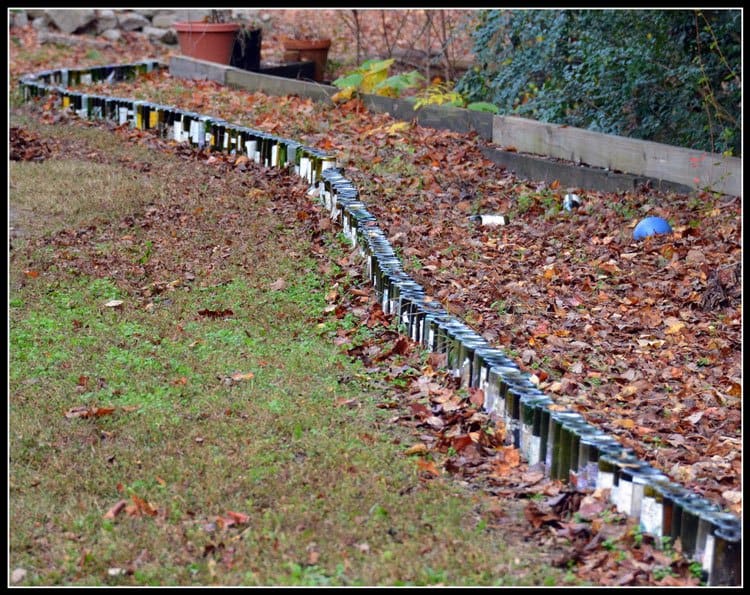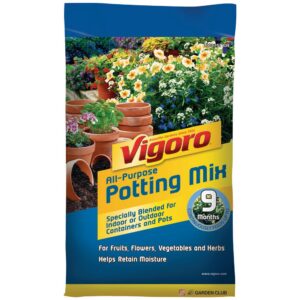Soaker hoses are a popular and effective way to water plants in gardens and landscapes. They deliver water slowly and directly to the roots of plants, which conserves water and reduces the likelihood of over-watering. However, like any gardening tool, soaker hoses can sometimes experience problems that affect their effectiveness.
This article will discuss common soaker hose problems and how to solve them.

Read Next
All Soaker Hoses Are Not Created Equal
In many people’s minds, the soaker hose is the most inexpensive yet convenient solution to common gardening problems. The most common soaker hose is usually constructed from recycled tire rubber, though some people also opt for fabric (these don’t kink).
Soaker hoses made from recycled tires are relatively rougher, more porous, and work by weeping water. Normally, the thicker they are, the more profusely they weep. Other hoses will be solid rubber with holes poked in them. They aren’t spared from the variety of soaker hose problems that haunt garden enthusiasts everywhere.
Among the most common soaker hose problems are the soaker hose pressure distribution problem, the soaker hose length problem, the water evaporation problem, and the calcification of minerals inside the soaker hose. This guide should help you understand and, hopefully, solve all of the above problems.
Soaker Hose Problems - Know The Solutions Here



The Pressure Distribution Problem
The first thing any critic will point out is that due to its great length (most soaker hoses vary from 25 to 50 feet), they don’t have an equal pressure distribution system and are, thus, rendered ineffective if you plan on watering a relatively large garden. One consequence is that plants at the ends of the hose will grow much shorter than the rest.
Getting a pressure-reducing system is the most effective solution to this soaker hose problem. Most houses average water pressure of 50 psi, but this should normally be reduced to around 10 psi. Just fix it at the beginning of the hose and let nature work itself out.
The Length Problem
The second most common soaker hose problem is more out of ignorance than the system's deficiency. No soaker hose should ever exceed 100 feet.
Sure, most homes should be able to supply enough pressure for even 600 ft of tubing with no problem, but a long hose, especially a flexible hose, suffers great pressure drops over long distances. Once you hit over 100 feet, it becomes virtually impossible to distribute the water pressure over its whole length evenly.
The ends of the hose get too little water, and the mouth gets too little. A little restraint and this should sort itself out.
The Evaporation Problem
This soaker hose problem doesn’t need any elaboration, but just in case: a soaker hose exposed to direct sunlight will suffer from great evaporation losses, especially in summer. This could lead to plants failing to grow to sufficient heights, weak roots, and discolored leaves.
Simple problems warrant simple solutions, as is often said, and this problem serves as no exception. A common soaker hose will perform best when covered with organic mulch. This means that next spring, when you go out to dig a hole for that new plant, you are sure to thump your shovel right down exactly where the soaker hose is running, and cutting that hose in half; is pretty frustrating.
Simple solution: Expose the hose each spring to avoid such a dumb move. Don’t worry; everyone has to go through it once.
Horrible Timing
One of the most difficult soaker hose problems to account for is how long you should keep your soaker hose running. It’s pretty important to have your soaker hose running for an adequate amount of time, but not too much. The optimum amount of water is around one inch in the spring (including the rain) and, in the summer, two inches of water every week.
The time problem can be solved by taking a can of tuna, for instance, and how long it takes to fill approximately one inch of water, and there you have it. Simple as that. That should be the same amount of time you should keep your hose running every week.
However, the amount of time your soaker hose should run greatly depends on the microclimate, the composition and moisture content of the soil (clay soil generally takes much longer to permeate than loam), and your water pressure. Take all these factors into consideration while trying to figure this out.
Clogging The Hose
This is perhaps the most common soaker hose problem, yet the most difficult soaker hose problem to deal with. Over time, it so happens that mineral (hard) water doesn’t play too nicely with hoses (or anything else it comes in contact with, either). The minerals normally contained in tap water usually calcify, and clogs pipes (and hoses) - the inconvenience caused by this needs no elaboration.
The first step to fixing this is testing your water for hardness. Plenty of stores offer various DIY kits to check for water hardness. You should probably do this before you start the whole process. If it turns out you are dealing with hard water, you have the go-ahead to try and mitigate it.
The first thing you should do is get a water softener from your closest hardware store. Once done, it should dissolve the minerals, and you’ll be good to go.
Suppose it’s already calcified, and the damage is done. In that case, you can dissolve the minerals by passing in regular doses of white vinegar, using a brick cleaner (it’s basically a diluted solution of hydrochloric acid), or the more crude way - beat the pipe against the wall until the calcified minerals fall off.
However, once again, this common soaker hose problem can greatly be averted if the soakers (not the soaker hose itself) are covered in the mulch.
Conclusion
That concludes the most common soaker hose problems and their corresponding solutions. Hopefully, this quick guide will help you fix any problems you may have and prevent any future problems from occurring.
One simple rule to remember is that you should always trust your instincts. For instance, if the leaves are cupping or turning themselves upside-down, they are thirsty and trying to turn away from the sun.





Comments
No Comments